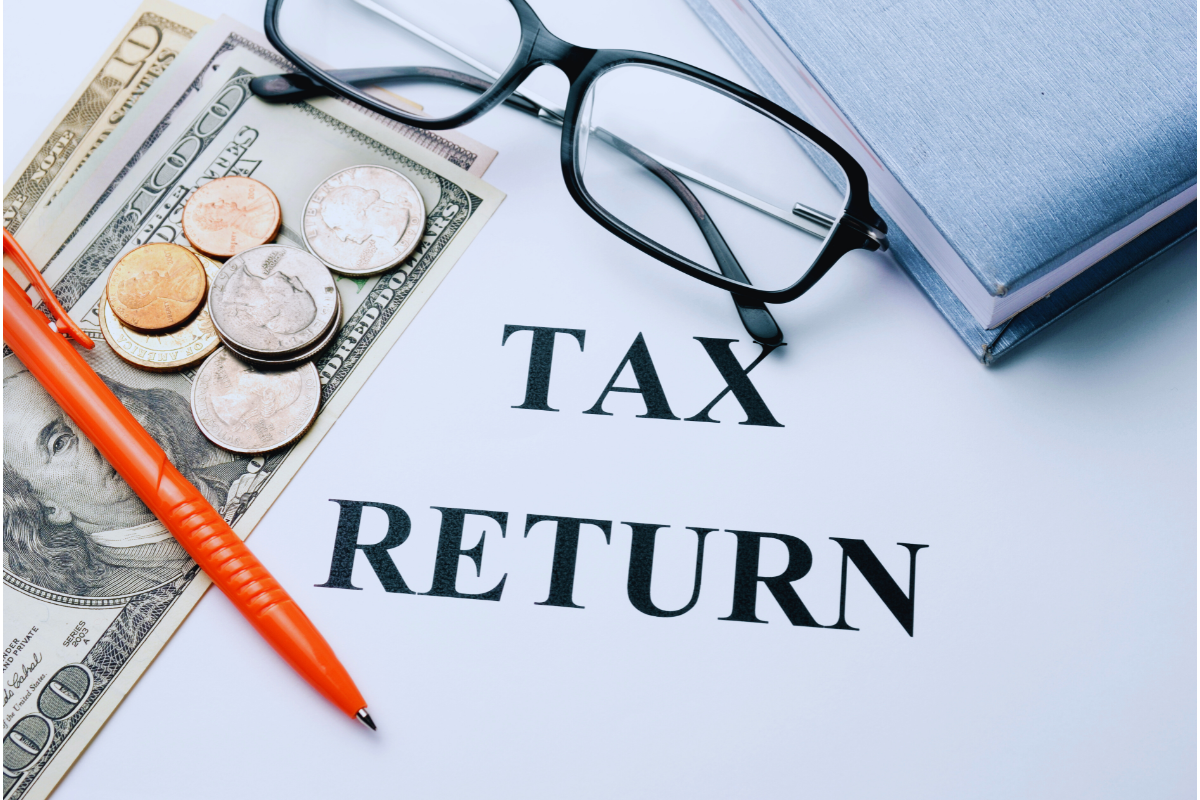Tax filing tips for self-employed individuals and small businesses
Filing taxes can be a challenge for freelancers and small business owners, as they must manage deductions, income, and tax obligations efficiently. Proper planning can help reduce tax burdens and avoid errors that could lead to fines or audits.
One of the first steps is to organize all of your financial paperwork before filing your tax return . This includes invoices, receipts, bank statements, and any other records of income and expenses. Using accounting software or hiring an accountant can make it easier to manage these documents and ensure that important deductions aren’t missed.
Tax deductions are key to reducing the amount of taxes you owe. Common deductions for freelancers and small businesses include home office expenses, technology equipment, transportation, supplies, and professional services. It’s critical to keep detailed records and receipts for each expense to justify deductions in the event of an IRS audit.
Another important aspect of tax filing is paying estimated taxes. Unlike salaried employees, self-employed individuals must pay quarterly taxes on their income. Failure to do so can result in penalties and unexpected payments at the end of the year. Calculating and paying these taxes on time is essential to avoid financial problems.
For small businesses with employees, it’s crucial to ensure you’re meeting payroll-related tax obligations, such as tax withholding and Social Security and Medicare contributions. Errors in these payments can result in severe penalties from the IRS.
It’s also a good idea to look into any tax credits available. Some small businesses may qualify for credits for hiring employees, investing in renewable energy, or even offering health insurance to their workers. Consulting with a tax specialist can help you identify these savings opportunities.
Additionally, digitization and automation can make filing tax returns easier . Online tools provided by the IRS or financial management software can help correctly calculate tax liabilities and reduce human errors.
Finally, planning ahead and establishing a tax strategy for the coming year can make all the difference. Keeping a separate account for taxes, reviewing possible deductions, and adjusting estimated payments based on income can prevent unpleasant surprises when tax time comes around.

